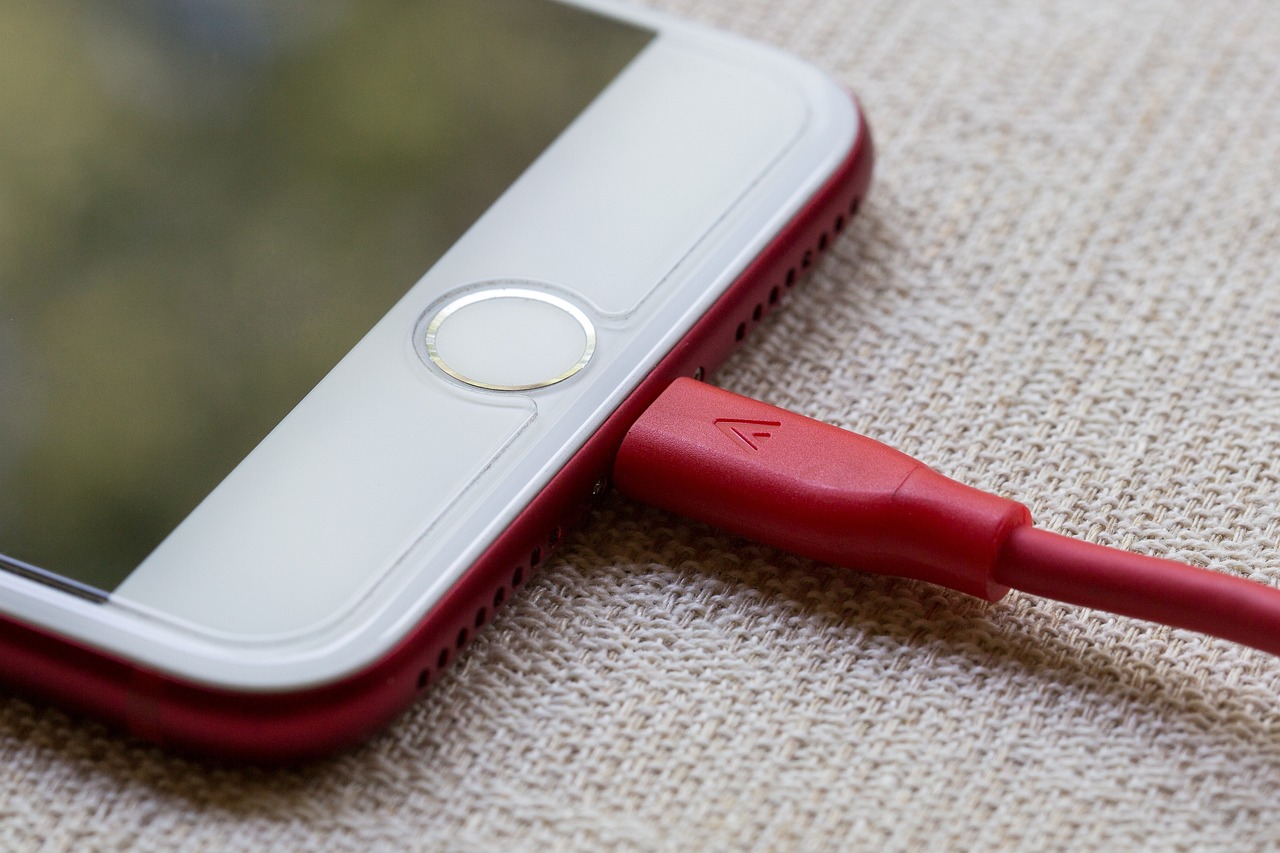Apple has taken on the European Union. Hides a mysterious chip in the iPhone 15 that will limit charging

Apple will replace its own Lightning charging port with a conventional USB-C one. It’s practically a done deal, several sources close to the company have confirmed, and it follows an obligation imposed on Apple (and other manufacturers) by the EU directive. Only it wouldn’t be Apple that didn’t come up with a proper coolness.
The entire iPhone 15 family will most likely receive USB-C as its main charging connector. However, it won’t be a universal connector as the European Union (EU) believes with its directive. An internet tipster named Majin Bu on the X network (formerly Twitter) posted an image purporting to show some of the internal components of the iPhone 15 Plus.
“You can see the chip attached to the iPhone 15 series. The model is 3LD3. Since it is a custom chip, we cannot judge its function by the model. Judging by the same type of plastic packaged chips in the past, it may be a chip designed to encrypt transmissions,” Bu wrote.
The entire iPhone 15 family will most likely receive USB-C as its main charging connector. However, it will not be a universal connector as the European Union (EU) believes with its directive. An internet tipster named Majin Bu on the X network (formerly Twitter) posted an image purporting to show some of the internal components of the iPhone 15 Plus.
“You can see the bundled chip on the iPhone 15 series. The model is 3LD3. Since it is a custom chip, we cannot judge its function by the model. Judging by the same type of plastic packaged chips in the past, it may be a chip designed to encrypt transmissions,” Bu wrote. Ming-Chi Kuo, on the other hand, says that the “unlicensed” cables will not restrict the user so much that it would not be possible to charge the phone with them at all, but there will be a limitation of speed to the lowest possible, i.e. 5 to 10 W. With the original cables, on the other hand, Apple is expected to bring a much higher speed this year. So far, iPhones offer a maximum of 20 W by cable and 15 W wirelessly.
Source, photo: techradar.com
Author of this article
WAS THIS ARTICLE HELPFUL?
Support us to keep up the good work and to provide you even better content. Your donations will be used to help students get access to quality content for free and pay our contributors’ salaries, who work hard to create this website content! Thank you for all your support!



OR CONTINUE READING